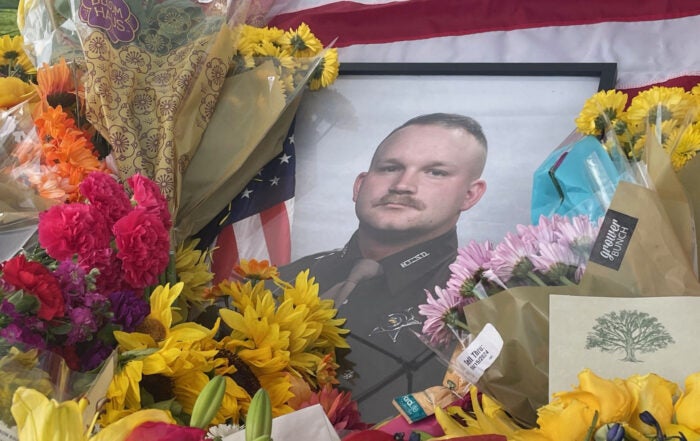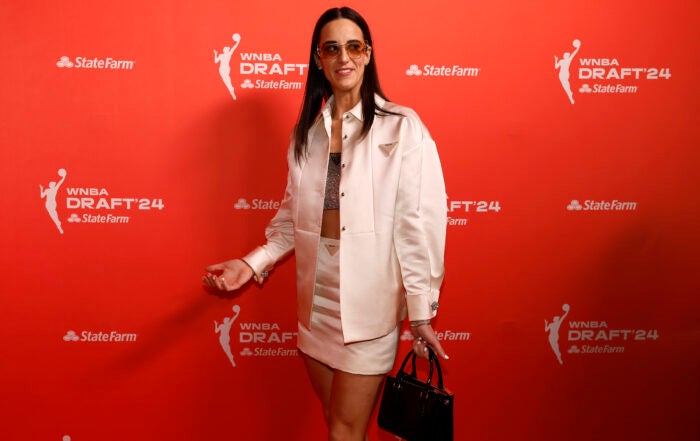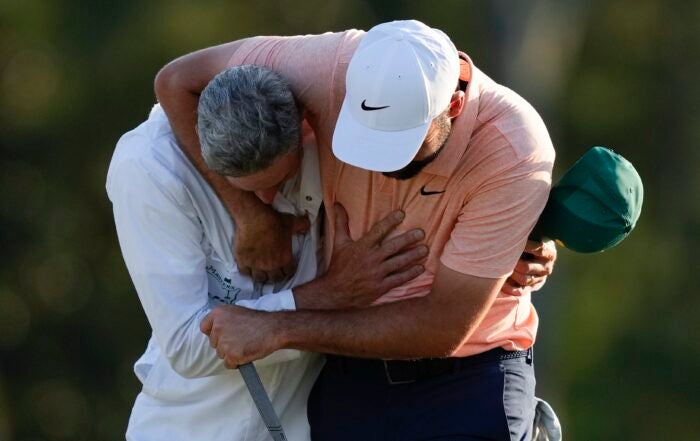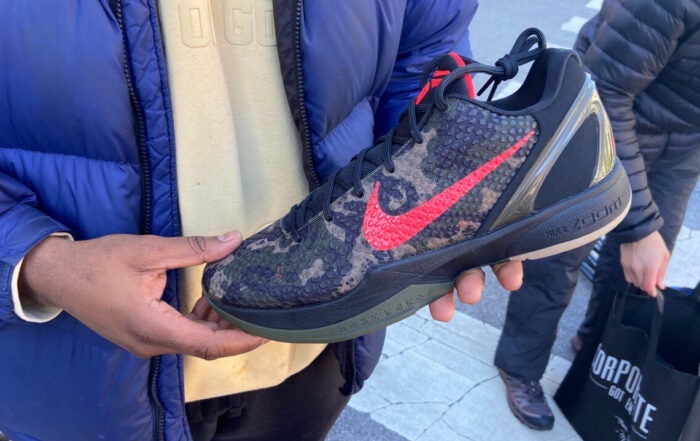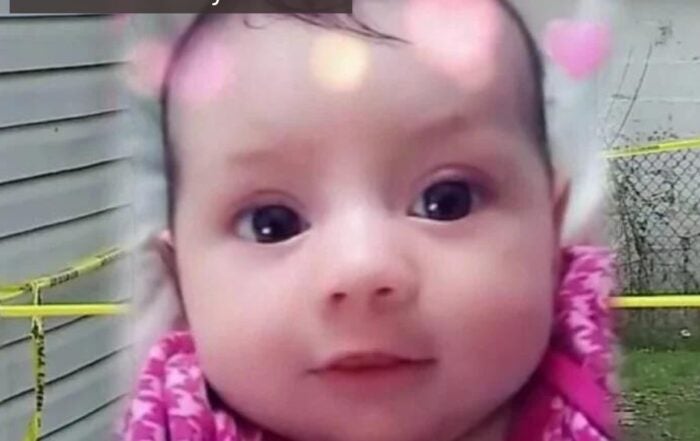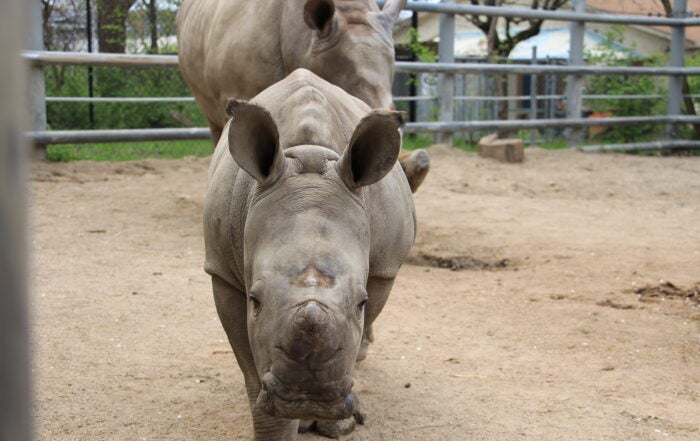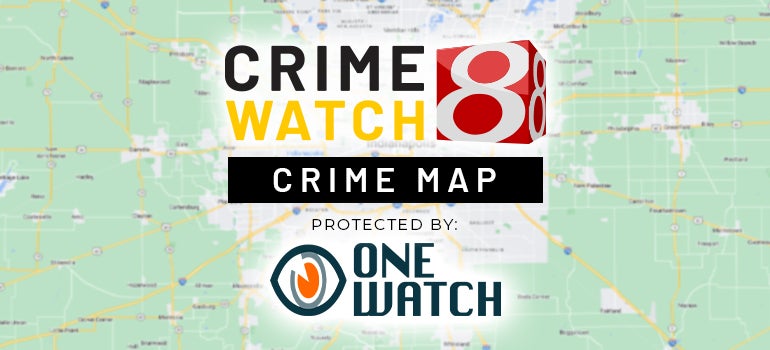Top Stories

Trending Stories
- Peak of the Lyrid meteor shower this Sunday night
- Police: Indy man facing murder charges for Lawrence triple homicide
- Grandmother arrested in connection to death of 5-year-old Indianapolis girl
- Hendricks County deputy dies after being electrocuted at crash scene
- You asked, we answered: Why doesn’t Indy have citywide curbside recycling?
Local
view all Loading Data…
Loading Data…
Crime watch 8
view allCommunity Events
National News
 Loading Data…
Loading Data…
multicultural News
 Loading Data…
Loading Data…
Indiana News
 Loading Data…
Loading Data…
Education
view all Loading Data…
Loading Data…
Business, Equity & Opportunities
view all Loading Data…
Loading Data…
Trending Podcasts
view all Loading Data…
Loading Data…




